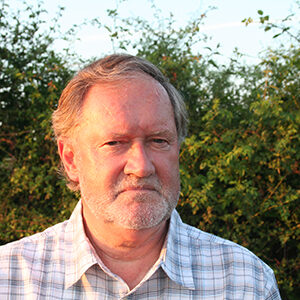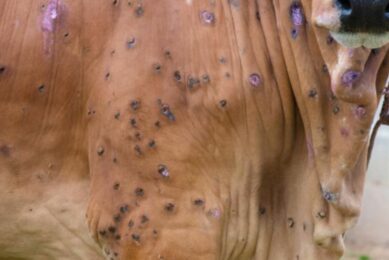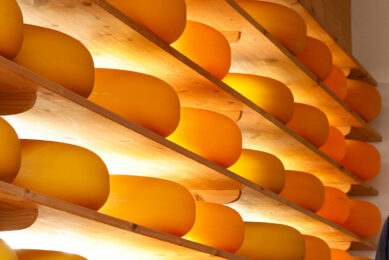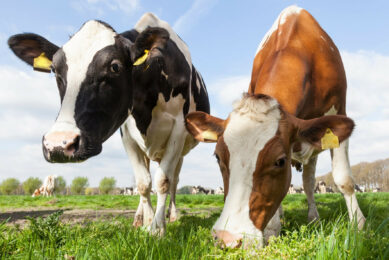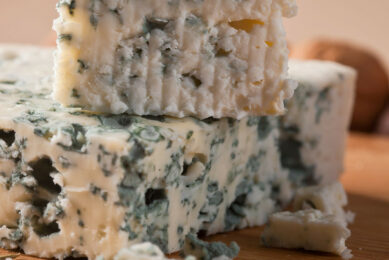French farmers not satisfied with minimum price
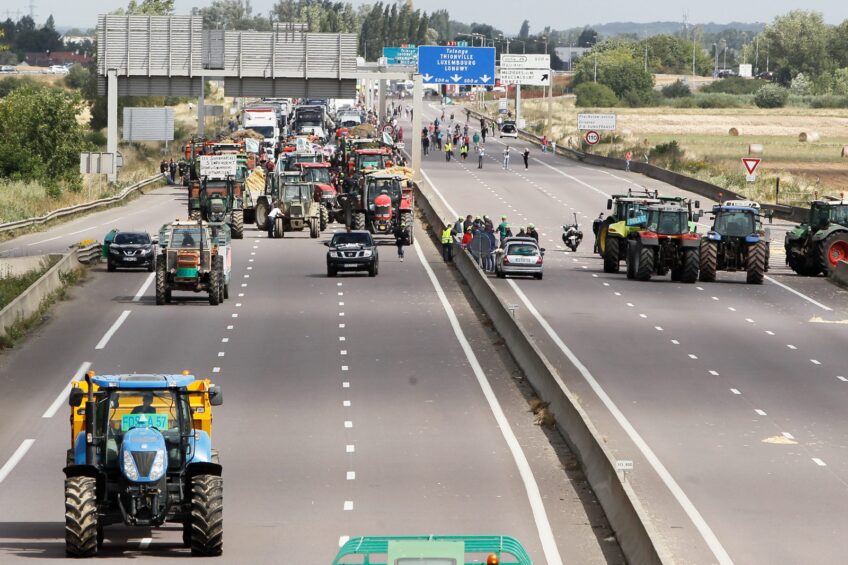
A guaranteed minimum price offers French dairy farmers little guarantee. It doesn’t make up for the Russian embargo on European food products, the lower demand from China and the abolition of the EU quota.
Again, French dairy farmers are in disarray. The so-called guaranteed minimum price of €340/1,000 litres, which was agreed at the end of July by representatives of all players in the dairy chain with French minister of agriculture Stéphane Le Foll, seems not to offer much of a guarantee. For many of the farmers, the crisis that hit the European and worldwide dairy industry, continues.
Acceptable price level needed
Le Foll called the main players in the sector to his offices in Paris after many dozens of dairy farmers had joined their colleagues in massive protests against the low prices they receive for their products. Hundreds of farmers blocked motorways and major cities, protested at supermarkets and their distribution centres and also demonstrated at a number of major tourists attractions like Mont Saint-Michel or Château Chambord, stopping visitors at the height of the summer season. After the meeting, a proud Le Foll announced: ”The price paid to the producers for their milk will not be lower than €340 per 1,000 litres. That is on average €0.4 cents per litre more than what they receive at the moment. If the consumer, as a result, has to pay a few cents more for his milk or dairy products, then that is their contribution to some relief for the problems our farmers are experiencing.” Xavier Beulin, president of the powerful French farmers union FNSEA, added: ”For several months, we have witnessed a deflation of the shop prices of most staple food products. Dairy products are now 12% cheaper than a year ago. We want to return to an acceptable price level that offers livestock farmers a decent reward for their work.” But soon it became clear that the €340/1,000 litres, the way the French quote their milk price, was no guarantee at all. The agreement only included own brands of the largest supermarkets and some lower priced other brands, representing at most 20% of the total milk production. The organisation of dairy companies Fédération Nationale des Industries Laitières announced that the average milk price paid to the dairy farmers would not be the €340 they so desperately wish for. A few days later, cheese producer Savencia, formerly Bongrain, confirmed that it wouldn’t pay the agreed minimum price because most of its products are not covered by the agreement but sold elsewhere in the world.
No import of foreign food
French farmers also protest against the import of foreign products including dairy. They stopped several milk lorries from Belgium, emptying the tanks onto the road. ”We’re not so much against the import of food and food products. How can we be, France is itself one of the largest agricultural exporter in the world. We know very well Europe is a free internal market, we are one of the main beneficiaries. But what we do want is a level playing field. Our main competitors have far lower wages, social insurance and other labour costs. Moreover, our government has gold-plated almost all the rules coming from the EU. Importing food is fine, as long as we all work under the same conditions and that is not the case at the moment, far of it,” says Céline Imart, vice-president of the Jeunes Agriculteurs, the union of young farmers. Calls from Minister Le Foll and even the president of the Republique, François Hollande, to buy French products are just empty words, according to this young farmer from the Toulouse area.
Milk production figures
The current problems in the French and European dairy industry are partly caused by the Russian embargo on European food products, the lower demand from China but also the abolition of the EU quota in April this year. The amount of milk EU dairy farmers do produce is no longer restricted by Brussels. As a result, countries like Ireland, Great Britain and the Netherlands have seen their milk production increase, sometimes by over 10% year-over-year. For the moment at least, France doesn’t seem to follow that road. In the last so-called milk year, till 1 April 2015, France produced 24.4 billion litres of milk. That was just under 3% more than in the previous period. In the months since April, the French milk production remained more or less stable. At the beginning of last year, France had some 3.7 million dairy cows. The total herd has been more or less the same since 2011 but was higher in the years before. The majority of dairy farms can be found in Brittany, which on its own represents over 20% of the national milk production, and the bordering regions of Pays de la Loire and Normandy. Statistics from the agricultural service FranceAgriMer of the department of agriculture show that the number of dairy farms has been in a steady decline for a number of years. Last year, France had some 63,600 farms with dairy cows, some 3,400 less than a year earlier but over 19,000 less than five years ago, that is a decrease by a quarter. Again, over 12,000 of these farms, or over 20%, can be found in Brittany.
Large volume exported
Frenchmen and women hardly buy any fresh milk, which is difficult to find in supermarkets. If they do buy milk, it’s mostly UHT. What they do buy though, is yoghurts and other desserts, mostly in multipacks which take up a remarkable amount of space in the typical hypermarkets in the country. A large part of the produced milk, over 90%, is transformed into dairy products. In 2014, France produced just 3.45 billion litres of conditioned milk, over 2.2 million tonnes of yoghurts and other dairy desserts, over 3.7 million tonnes of cheese from cow milk and about 1.19 million tonnes of milk powder. A large proportion of these products is exported to all over the world. Figures of FranceAgriMer show that France in 2014 exported for €670 million of cheese, for €450 million of yoghurts and other fermented milk products and for €240 million of cream. It’s worth mentioning that the country also imported for just over €300 million of cheese in that year. With those kind of figures, it’s no wonder France houses some of the largest dairy companies of Europe or even of the world. The country is the home base of Danone, which has an annual turnover in dairy, baby milk and nutrition food of some 19 billion euro’s, and also of Lactalis, in its own words the largest cheese company in the world with President as its best known brand. A less known name is Sodiaal, a farmers owned cooperative which partly owns the yoghurt drink Yoplait and has an annual turnover of €5.4 billion. Also French are Groupe Bel with The Laughing Cow, Baby Bel, Boursin and Leerdammer as main brands, and Savencia which is the parent company of speciality cheeses like Caprice des Deux, Rambol and Tartare, to name just a few.
Join 13,000+ subscribers
Subscribe to our newsletter to stay updated about all the need-to-know content in the dairy sector, two times a week.


